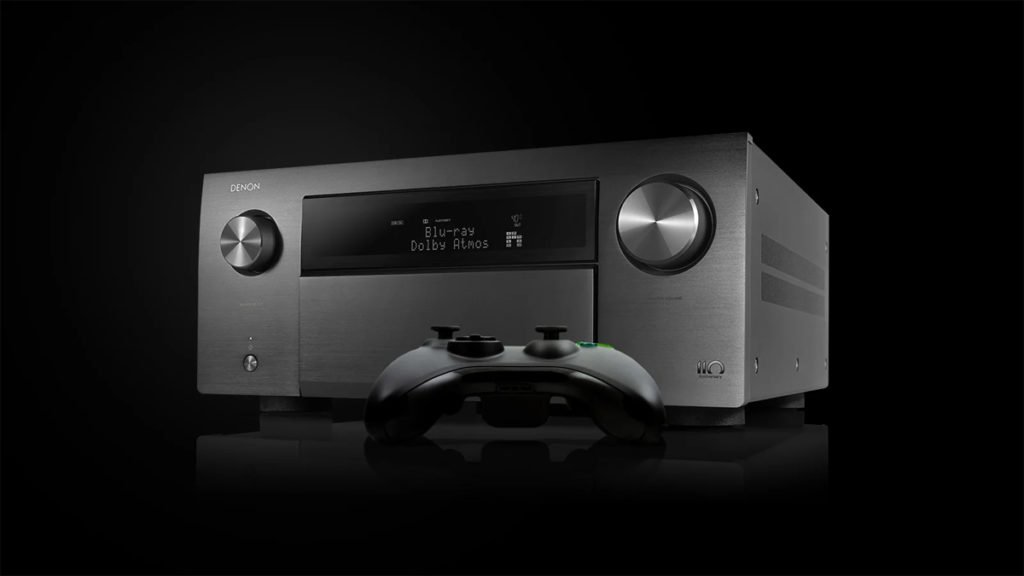
If you’re thinking of spending big bucks on a shiny, new HDMI 2.1-compatible receiver, forget about it. Following a report from German publication Heise, at least two manufacturers have confirmed that newer receivers are crippled by a major Panasonic chipset bug that prevents proper pass-through of high bit-rate content (e.g., 4K/120 Hz, 8K/60 Hz) with certain devices.
Some of the victims reportedly include NVIDIA’s GeForce RTX 30 Series graphics cards, as well as Microsoft’s new flagship console, the Xbox Series X. Strangely, the bug doesn’t seem to affect the PlayStation 5.
We’re not sure what NVIDIA and Microsoft’s devices are doing differently, but some believe that it has something to do with the way they’re utilizing HDMI’s Fixed Rate Link (FRL) protocol to output an image.
Audioholics has shared two statements that they’ve received from Sound United Response (owners of the Denon and Marantz brands) and Yamaha, which we’ve copied below.
Official Sound United Response Regarding the HDMI 2.1 Chipset Bug:
Some new gaming source devices that support 4K/120Hz output may not work fully with Denon (or Marantz) 8K AVRs. You may discover this incompatibility issue due to a HDMI chipset mismatch between the devices. When the affected system is connected to the AVR via 8K HDMI input and set to output at 4K/120Hz, and the AVR’s 4K Signal Format option is set to “8K Enhanced,” you may not see the system’s source video on their display, and may not hear the system’s source audio processed through the AVR. This problem is only present when a display that supports 4K/120Hz is used.
We are currently investigating the issue further and will offer a permanent solution at a later date. Meanwhile, we would like to provide a couple workarounds to prevent the issue in its current state:
You can connect the system to the display directly via HDMI and use the display’s ARC/eARC functionality to feed the native audio back to the AVR using the connected HDMI cable between the AVR and display. This will allow users to decode the native audio format sent from the source. With this method, the display’s CEC/ARC option must be enabled as well as the AVR’s HDMI Control and/or the AVR’s ARC option. In the AVR, this option is located within the GUI under “Video – HDMI Setup.”
Another workaround is to leave or change the source’s video output to 4K/60Hz instead of 4K/120Hz until a permanent solution is available. This will ensure reliable communication between the source, the AVR and the display. The source’s default is set to output at 4K/60Hz, so if no change was initiated out of the box, then nothing further needs to be done.
We apologize for this inconvenience and we are currently working tirelessly to release a permanent solution so you can enjoy the 4K/120Hz experience using the latest sources with your AVR. We will have an update soon regarding the timeline of a permanent solution. We appreciate your patience.
Official Yamaha Response Regarding the HDMI 2.1 Chipset Bug:
As we test and explore new gaming system capabilities and the latest HDMI specifications, we will provide guidance on our website to help new and future customers with the compatibility of our latest AV receivers. We will certainly provide you with an update in the near-term.
We’re hearing that this chipset bug is impossible to fix with a simple software update, so those of you who are unlucky enough to have already bought an HDMI 2.1 receiver should be prepared to box them back up for shipping. A board replacement will likely be required.
